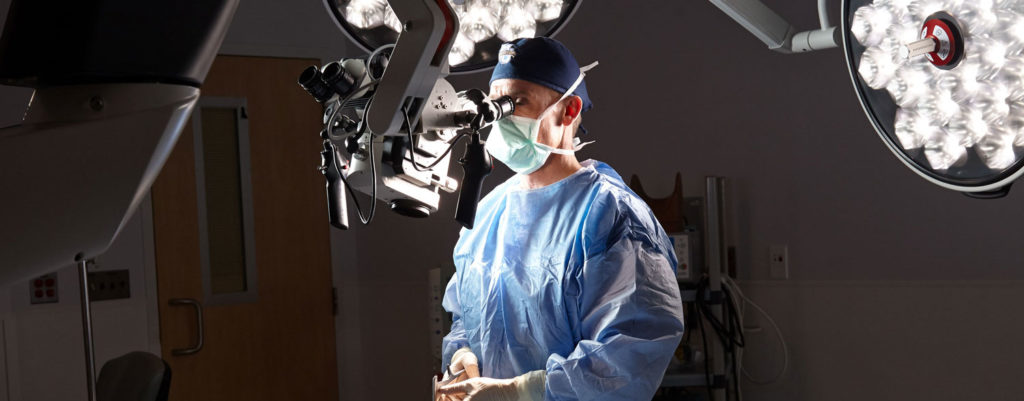Is Back Surgery the Best Option?
- Category: General
- Posted On:

Is back surgery always the best way to treat back pain? It depends on what’s causing the pain. Before making a decision to undergo back surgery, patients must meet certain criteria as well as understand the various back surgery options.
Dr. Craig A. Popp, an orthopedic spine surgeon at Fox Valley Orthopedics, encourages potential back surgery patients to understand all their options before considering back surgery.
When is back surgery advisable?
Non-surgical treatments such as ice, heat, massage, physical therapy, and anti-inflammatory medications can resolve many back pain cases. But when these treatments fail to help, it may be time to consider surgery.
Back surgery checklist:
- Consult an orthopedic surgeon to discuss surgery options if you have…
- tried various non-surgical treatments, but are still in pain;
- broken or fractured bones, or damage to your spinal column that’s causing instability;
- spine instability or vertebral fractures connected to osteoporosis;
- numbness or debilitating back pain down the back of your leg caused by compressed spinal nerves; or
- bulging or ruptured disks
As well, there are certain orthopedic conditions that may also benefit from surgery:
- Curvature of the spine (scoliosis)
- Degenerative disk disease (from normal wear and tear)
- Humpback (kyphosis)
- Nerve inflammation caused by a herniated disk (radiculopathy)
- Slipped disk (spondylolisthesis)
- Spinal canal narrowing, often from arthritis (spinal stenosis)
What types of back surgery are available?
Various types of surgery are performed to relieve pressure on the nerves and/or the spinal cord:
Anterior cervical discectomy and fusion: disc removal to treat nerve root or spinal cord compression, followed by fusion surgery to stabilize bone segments.
Kyphoplasty: the expansion of compressed vertebrae, followed by the insertion of cement to relieve pain, restore the height and angle of vertebra, and stabilize bone fractures.
Laminectomy: removal of the bone (lamina) overlying the spinal canal to enlarge the canal, and relieve nerve pressure caused by lumbar spinal stenosis.
Microdiscectomy: removal of the jelly-like center of a ruptured disk through minimally invasive surgery to relieve the pressure on a nerve root or the spinal cord.
Spinal fusion: the permanent joining of two or more spinal bones. Used for various conditions (i.e. deformity, degenerative disc disease, fractures, scoliosis, a weakened or unstable spine) to add stability or relieve pain, fusion uses bone grafting to fuse vertebra together.
Know what to expect
 Back pain is a complicated issue, which is why surgeons’ opinions vary in terms of when to operate as well as what type of surgery they believe will be the most effective.
Back pain is a complicated issue, which is why surgeons’ opinions vary in terms of when to operate as well as what type of surgery they believe will be the most effective.
It’s important to know your options, and have confidence in your surgeon. A second opinion can help you to understand your surgical options, as well as clarify your expectations and feelings prior to undergoing back surgery.



